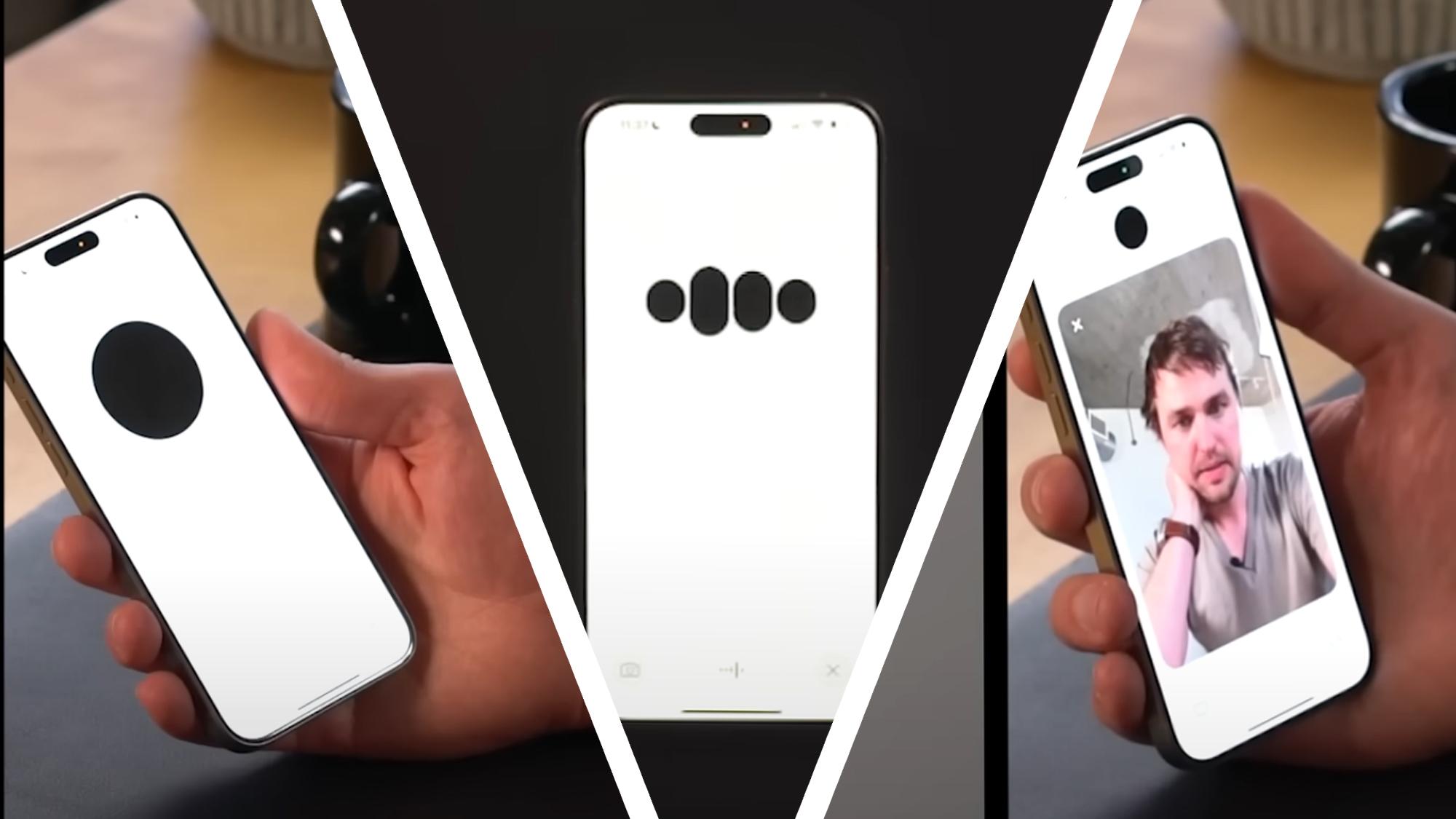ChatGPT, the popular language model developed by OpenAI, has recently introduced its Advanced Voice Mode, which allows users to have natural and interactive conversations with an AI system. The voice-enabled AI has been a game-changer, enhancing user experiences and providing a glimpse into the potential of artificial intelligence. However, OpenAI has not stopped there. They are currently exploring the possibility of adding a video calling feature to ChatGPT, effectively giving it ‘eyes’ to complement its existing voice capabilities.
The idea of an AI language model with video calling capabilities may sound like something out of a sci-fi movie, but OpenAI is actively working on making it a reality. By incorporating visual input, ChatGPT could have a more comprehensive understanding of user interactions, thereby increasing its ability to provide accurate and meaningful responses.
Video calling with AI could revolutionize the way we interact with technology. Imagine having video conversations with an AI that can not only listen to your voice but also comprehend your facial expressions, body language, and surroundings. These additional senses could enable ChatGPT to have a more human-like understanding of the conversation, making it a powerful tool for various applications, from customer service to virtual companionship.
The potential use cases for ChatGPT’s video calling feature are extensive. In customer support scenarios, for instance, users could have face-to-face interactions with an AI assistant, allowing for a more personalized and empathetic experience. The AI’s ability to perceive and interpret visual cues could enable it to offer more targeted and precise assistance, addressing user concerns effectively. This could significantly enhance customer satisfaction and reduce the need for human intervention.
Moreover, ChatGPT’s video calling feature could find applications in remote learning and virtual classrooms. Students would not only be able to ask questions but also receive real-time visual feedback from the AI, providing a more interactive and engaging learning experience. Additionally, individuals seeking companionship or emotional support could find solace in video conversations with a virtual AI companion, further blurring the boundaries between man and machine.
However, developing a video calling feature for ChatGPT does not come without challenges. One of the primary concerns is the ethical use of the technology. OpenAI has been committed to ensuring the responsible development and deployment of its AI systems, addressing concerns regarding misinformation, biases, and potential misuse. Adding video capabilities introduces a new dimension to these concerns, as facial recognition and privacy considerations become paramount.
OpenAI acknowledges these challenges and is actively working on mitigating risks associated with video calling. They have sought public input and engaged in partnerships to ensure diverse perspectives in shaping the technology. OpenAI’s commitment to transparency and ethical considerations will play a crucial role in the successful integration of ChatGPT’s video calling feature.
the potential addition of video calling to OpenAI’s ChatGPT is an exciting development in the world of AI-powered virtual assistants. By giving ChatGPT ‘eyes’ to complement its existing voice, OpenAI aims to create a more immersive and interactive user experience. Despite the challenges that come with integrating video capabilities, the potential benefits in various domains, from customer support to education, make it an innovation worth exploring. As AI technology continues to evolve, the possibilities for human-machine interaction are becoming increasingly fascinating and transformative. The future of AI-empowered communication is certainly an intriguing one.
Hey Subscribe to our newsletter for more articles like this directly to your email.
